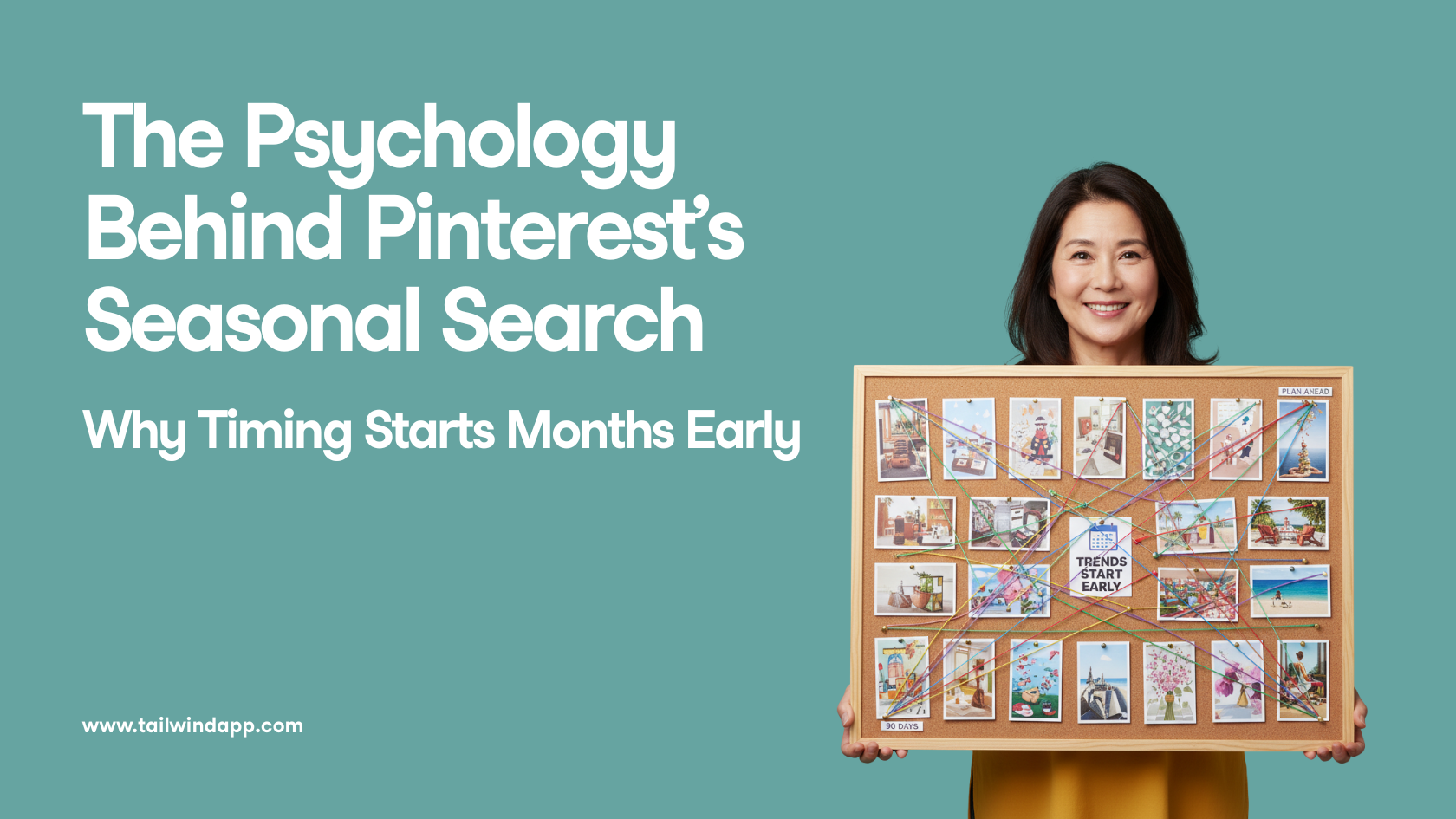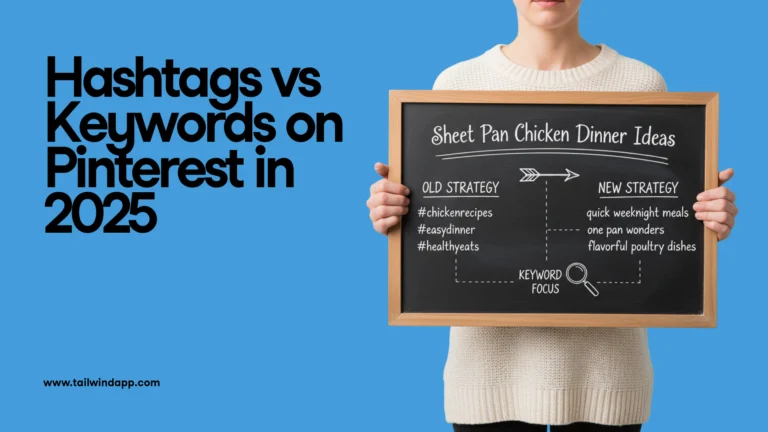
Earthweb estimates that around 5 million new blog posts are published each day on the WordPress platform alone. But when the AI content creation kicks into full speed…how much bigger will this number get?
With this sharp increase in content production capabilities, a more important question has been raised: What does Google think about all this?
What Is AI Content and How Does It Impact SEO?
Before we start analyzing Google’s position on the matter, let’s get some basics out of the way.
What Is AI Content?
AI content is created by a type of artificial intelligence (AI) called a large language model that is designed to process and generate human language. These models use deep learning techniques— specifically, a type of neural network architecture called a transformer—to analyze and understand text data.
The model is trained on massive amounts of text data—such as books, articles, and web pages—to learn patterns and relationships between words and phrases. This allows the model to develop a rich understanding of language, including grammar, syntax, and semantics.
Once trained, a large language model can be used for a wide range of natural language processing (NLP) tasks. For example, it can generate highly realistic and human-like writing.
Some of the more common current references to AI are driven by Openai’s ChatGPT, which allows people to request copy or other text-based responses from the AI using a dialogue format.
Another famous example is, of course, Midjourney, which can produce some stunning pieces of art. In fact, so stunning, that it got 1st prize at an art exhibition!
Check out some of these images in the community showcase at Midjourney.com:

Not all AI content, or software, is the same. For example, Tailwind is using AI to create unique never-before-written content. The product and engineering teams behind Tailwind Ghostwriter have spent literally 100’s (if not 1000’s) of hours honing the interaction between the user and the AI to create content that is fresh, relevant, and can pass AI checking tests as being written by humans.

How Does AI Content Impact SEO?
Because of AI’s ability to quickly (and cheaply) create content, many will choose the strategy of churning out hundreds of daily posts covering every aspect of any keyword that even remotely makes sense for their business.
But Google makes it explicitly clear that churning out tons of cheap content in an attempt to game search engines will harm your ability to rank.
As always, search engines favor (or at least they try to favor) original content reflecting substance and experience with a topic, so it’s important to make sure your expertise is well represented through the output and edits of your AI-generated content.
Google’s Position on AI Content
For a long time, people speculated that Google would punish any AI-generated content. But Google didn’t publish its opinion.
Finally, in Feb. 2023, Google released its AI content guidelines. The verdict?
Google will not penalize AI-created content on the basis of its authorship alone.
Google will continue to favor content that aligns with its traditional E-E-A-T standard. EEAT stands for content that shows Experience, Expertise, Authoritativeness, and Trustworthiness.
It’s important to remember that Google needs to make sure that its users get the best possible result for each search query. So it does not really matter how this search intent will be filled, as long as the user likes it.
Essentially, Google is saying: Use AI as long as it will help our end-user.
Based on Google’s firm stance on quality content, some people assumed that AI-generated content would not be able to meet the standard or be a poor substitute for human-generated pieces.
But, the reality is more complex than that.
- Humans sometimes write really poor content that simply rearranges the words found in other sources.
- Humans sometimes outright plagiarize.
- AI systems like Tailwind and others have been thoroughly trained by humans and can create content that is indistinguishable from that written by people.
- Human creativity is often the result of years invested in studying earlier scholarship.
- AI systems can create content that makes people think, laugh, and feel.
- Humans sometimes struggle to publish their most valuable ideas because of writer’s block.

At Tailwind, we’ve concluded that the most valuable content in 2023 and beyond will be created by humans who know how to leverage AI to enhance and accelerate their own creativity.
In its guidelines for AI content and SERP ranking, Google seems to suggest that the most relevant thing about a piece of content is not whether it was written by a human or an AI.
We wholeheartedly agree.
Here are some of the Do’s and Don’ts that Google has outlined for working with AI to publish content.
Google’s Do’s For AI Content
To make sure that you do not decrease your chances of ranking a site with the use of AI content, let’s have a look at some of the things that you should keep in mind when creating content with the help of AI.
Create high-quality content – use the E-E-A-T principle
Google’s top objective is to provide the best possible results that match the search intent of its users. So Google wants sites to create content that will match these search intents.
When creating content, it’s important to ensure that it’s of high quality and provides value to your readers. One way to do this is by using the E-E-A-T principle that we mentioned above.
By incorporating these elements into your content, you can demonstrate your knowledge of the topic, establish yourself as an authority in your field, and build trust. This will help to ensure that your content is well-received by both readers and search engines.
But it would not be SEO if it was “this easy.” While separate blog posts definitely contribute to your overall chances or ranking, domain authority, backlinks, site structure, and topical authority are all ranking factors and come into consideration when it comes to SERP. But that is a story for a whole different post…
Focus on meeting people’s needs first
Your readers should always be your top priority when producing content. It’s important to create original and high-quality content that meets their needs and provides them with valuable information.
If we would read between the lines of Google’s statement, it says: We do not care how you produce your content, as long as the informational quality is high and it serves our users well.
Can you use AI to assist you in writing? Sure. Should you use a generative AI system without any prompts that will tailor the content to your audience’s needs and interests? No. Should you fact-check and edit content? Yes.
Include accurate author bylines
To establish credibility with your readers, it’s important to include accurate author bylines in your content.
If you’re the main author, be sure to use your name to help readers identify and connect with you. This can help to build trust and establish a relationship with your audience.
It is also one of the E-E-A-T requirements, so make sure to have your bio full of useful and related experiences somewhere on the page.
Edit and fact-check AI-generated content
If you’re using AI to generate content, it’s important to edit and fact-check the content to ensure its accuracy and relevance.
AI can be a powerful tool for content creation, but it’s far from perfect. It’s important to review and fact-check the content to ensure that it meets your quality standards and provides value to your readers.
In some instances, AI can get the information wrong or blatantly make things up. So be extra careful when writing on topics that require precise data.
Remember that your content reflects your brand! Reviewing anything outsourced to others, including an AI, helps to ensure the final product makes you look good and aligns with your overall message.
Conduct thorough keyword research
It is easy to get lost in all the opportunities that AI brings. The speed of AI content generation and all the possible applications are truly limitless and may distract us from what is really important:
Search intent and the associated keyword research.
Sure, AI will generate a ready-to-publish post in a couple of seconds, but:
- Does it really cover everything that it should?
- Do the headlines reflect what users are searching for?
- Are the primary and secondary keywords used as they should be?
You are the only one who knows the bigger picture. The roadmap and the overall content strategy still lie on your shoulder.
AI is just supporting you so you have more time and freedom for strategic decisions.
Google’s Don’ts For AI Content
While AI can be a handy tool for content creation, it’s important to remember that it shouldn’t replace human input altogether. After all, no amount of technology can replace the creativity and originality of a human writer.
Below are the main things that you should avoid.
Use automation or AI to manipulate search rankings
This violates Google’s guidelines and can result in penalties that could harm your website’s reputation and search engine rankings.
One of the most widespread tactics is to produce high volumes of AI-generated content that has no additional value but targets extremely long-tail keywords.
That content may be extremely low in quality or have wrong information, but if you do it consistently, you may see short-term results…until the day when Google de-indexes the whole site.
Assume that AI-generated content goes against Google Search’s guidelines
Google is not against AI content. Google is against low-quality content. Content produced by AI should be just as high quality as content written by humans if it is to be accepted well by Google.
This means that even if your content is generated by an AI algorithm, if it delivers value, keeps the users engaged, and matches their search intent, you are in the clear.
Tailwind Ghostwriter was built with this in mind. After rigorous model training, we now have a product that is able to do most of the heavy lifting for you.
You can let Ghostwriter generate unique and valuable content while you focus on the bigger picture and overall messaging of your piece.
Create poor-quality AI-generated content that doesn’t help users
This can obviously harm your website’s reputation and search engine rankings. Therefore, it is important to ensure that AI-generated content is relevant and of good quality before you post it on your website.
Let AI fill in the gaps for you, but make sure to have unique takes and ideas in your content that will distinguish it from everything else.
Actually, this is where Tailwind Ghostwriter shines! It helps ensure that the takes are original and unique through our specific types of prompts, saving you quite a bit of time and just making your life easier.
Here is why writing from personal experience is so powerful. Sure, everything was covered many times over, but your experience, point of view, and communication style is unique—leverage that.
Neglect backlinks, site structure, and topical authority
Content volumes are not the holy grail of ranking. Does it help? Of course. But is it a guarantee or high SERP positions? Definitely no.
Even more so now, when everybody has the opportunity to create hundreds of posts per day with a couple of clicks, on-page SEO and domain authority are critically important.
AI will help you to build content, but it is up to you to make sure that your site structure is set up properly, that a backlink-building strategy is in place, and that you did proper keyword research beforehand.
To stay competitive, you just have to do it all.
Use AI to propagate misinformation or contradict consensus on important topics
Make sure that your content is accurate and that it is not spreading false information or various hypotheses that are not supported by facts.
Misleading information, false narratives, and other forms of deception have no place in your content.
11 Best Practice Tips for AI Content
1. Always back up your claims with data, reliable sources, and other evidence.
2. Make sure that the content is accurate and relevant to the topic at hand.
3. Be aware of the potential false information in AI algorithms when reviewing content.
4. Make sure to include different perspectives and voices in your content.
5. Keep track of the latest AI developments and trends in order to stay ahead of the curve (or let Tailwind take that off your plate!).
6. Ensure that your content is easy to understand, comprehensive, and well-structured.
7. Aim to create content that is useful and engaging.
9. Include visuals in your content when possible, as this can make it more appealing to readers.
10. Make sure to proofread and edit your content before publishing it.
11. Keep in mind the target audience for your content when writing it.
Conclusion
This is just the beginning of the shifts that AI content brings upon us. By understanding the basics of AI content, you can start leveraging its technology in your own content strategy.
In a nutshell, even though AI can’t do everything on its own when it comes to creating content, it’s clear that working together with AI can supercharge your marketing efforts.
It’s all about finding the right balance between human creativity and AI support so that you can make the most of what both bring to the table!








